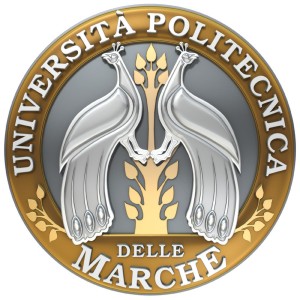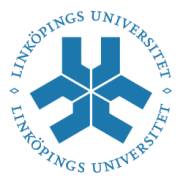Concept of the Nano-RF Project
From the strategic agendas of ENIAC, EPoSS and ITRS, it is evident that wireless applications are gaining more and more importance that results to new requirements in terms of miniaturization and increased complexity. The limitations of Moore’s Law in term of physics but also in terms of manufacturability, flexibility and multi-functionality has motivated research and development to implement new technologies and new wireless architectures identified as Beyond CMOS and More than Moore.
Carbon nanotubes (CNTs) are featuring very attractive intrinsic multi-physic properties.
These properties coupled with CMOS compatibility offer promise for a new generation of smart miniaturised systems for wireless communications. Graphene also exhibits impressive electrical and mechanical properties. CMOS compatible microwave graphene devices, still at their infancy, hold promise for extremely low noise and high speed communications.
The coordinator (TRT) is one of the major world players in civilian & professional electronics. TAS is N°1 in Europe and N°3 worldwide for civil and military aerospace products. One key area for their products is T/R front-end systems for applications like radars for which long term solutions are continuously sought after.
The main concept of NANO-RF is the development of CNT & graphene based advanced component technologies for the implementation of miniaturised electronic systems for 2020 and beyond wireless communications and radars.
The major objectives of NANO-RF are the development of:
- Active components from CNTs & graphene
- Passive components from CNTs & graphene
- Capacitive RF NEMS from CNTs
- CNTs based vertical interconnects
- CNTs & graphene based ICs
The developed components and technologies will be implemented in the following demonstrators:
- Reflect array antennae for wake vortex and weather radars and
- Graphene receiver module
The demonstrators will exhibit the reconfigurability, systemability, integratability and manufacturability of the developed technologies and unify advanced More-than-Moore elements and Beyond-CMOS devices with existing technologies. It addresses "System
Perspective" to support miniaturised electronic systems for 2020 and beyond.
Objectives of the Nano-RF project
The objectives of NANO-RF can be listed as follows:
- Explore and evaluate CNT properties operating in arrays, as solid-state FETs and RF NEMS, in the 2 to 80 GHz frequency range;
- Explore and evaluate graphene properties as solid-state FETs, mixers and detectors in the 2 to 80 GHz frequency range.
- Develop, calibrate and validate CNT NEMS and CNT FET and graphene FET models for the design of microwave circuits;
- Introduce a new class of antennas based on CNTs and graphene
- Demonstrate the concept of NEMS RF to introduce more versatility and increased performance within the future analog RF front-end
- Fabrication of capacitive CNT NEMS switches for power application.
- Demonstration of CNT vertical interconnects in 3D integrated systems
- Demonstration of a graphene detector able to demodulated RF signals
- Demonstration of a LNA based on graphene
- Demonstrate the integration of graphene, CNT ICs, and CNT-based interconnects with
- CNT NEMS to realize smart systems through System on Chip (SoC) and/or System in package (SiP) scheme
The following table summarizes the IC components and their respective technology (CNT and/or graphene):
|
Circuit component |
CNT |
Graphene |
|
PA |
x |
|
|
LNA |
x |
x |
|
Oscillator |
x |
|
|
Detector |
|
x |
|
Antenna |
x |
x |
|
Switch |
x |
|
|
Filter |
x |
|
|
mixer |
x |
x |





